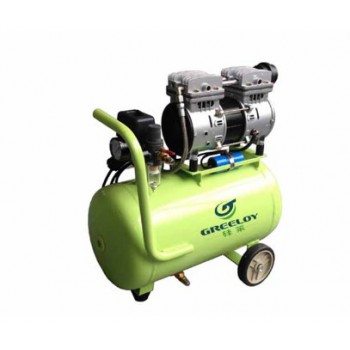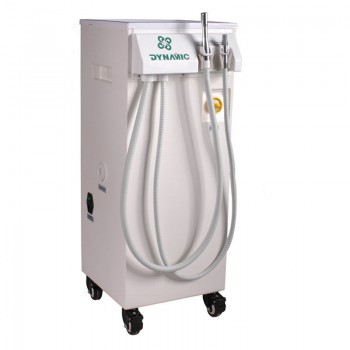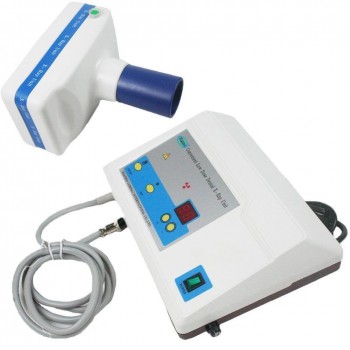Each dental tool you use has a specific pressure requirement for it to function properly. Look at the tools you have to see their pressure requirements, typically listed and measured in BAR. For many dental applications, like handheld tools, you’ll see around a five BAR requirement.
Aim a little higher than the BAR minimum so you can ensure you’ve got enough pressure when the compressor is powering multiple stations, or to compensate for any possible pressure drops across your piping.
If you’re trying to run tools with too little pressure, you can cause damage to the tool and possibly harm to your patients. When working with drills, drops in pressure can reduce its capability and fail to drill or cut as needed, making it take longer to treat patients — which increases the cost of your staff hours, anesthetic and even utility costs per patient.
Because you’re working with an oilless air compressor, you may also face louder compression cycles. The good news is that most dental offices are using compressors small enough to be fitted with filter silencers, significantly reducing the noise your unit will make.
Silencers can make sure the environment stays enjoyable for your patients and staff, so they can continue to operate without any safety dental equipment and so that you’re not creating an environment with any long-term risks related to your use of compressed air.
Oilless air compressor also tend to generate higher heat outputs and have a greater possibility of creating condensation, so they need plenty of room to vent and have air circulate around them. This is typically good news, because it means there is usually enough space to install silencers and covers which can reduce noise, while ensuring the proper breathing room for a full-functioning air compressor.
Sound covers and exhaust/vent silencers tend to come with their own warranty, so working with a reputable dealer can ensure your equipment is properly installed, maintained, and protected for its useful life.
You should also look at the construction of the unit itself. Ask your air compressor dealer about improvements to intake filters to reduce noise, the inclusion of rubber shock mounts and flatter frame options that can keep things steady and quiet during even extended operations.


